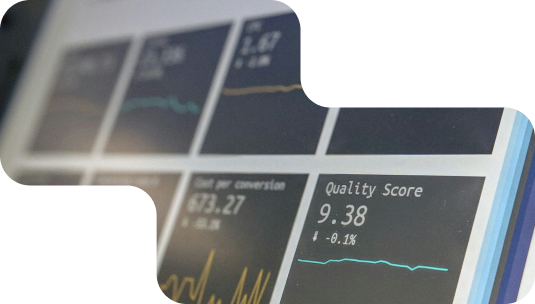In today’s digital age, data is a valuable asset. Organizations collect and store vast amounts of data about individuals, which can be used for a variety of purposes. However, this data can also be used to harm individuals if it is not handled properly.

Identify the potential impact. Once the data processing activity has been identified, the next step is to identify the potential impact that it may have on individuals and society. This could include impacts on privacy, security, discrimination, and other areas.
Assess the risks. Once the potential impact has been identified, the next step is to assess the risks associated with the data processing activity. This involves identifying the specific risks that could arise from the activity, as well as the likelihood and severity of each risk.
Identify mitigation measures. After assessing the risks, the next step is to identify mitigation measures to reduce or eliminate the risks. This could include measures such as anonymizing data, encrypting data, and limiting access to data.
Processes and procedures for ensuring that data is accurate, complete, and fit for purpose.
Measures to protect data from unauthorized access, theft, and misuse.

Cybersecurity Maturity Assessment

Assess the cyber security posture

Assess the cyber security posture

Assess the cyber security posture

Assess the cyber security posture

Assess the cyber security posture

Assess the cyber security posture

Assess the cyber security posture

Assess the cyber security posture

Assess the cyber security posture

Assess the cyber security posture

Assess the cyber security posture

Assess the cyber security posture of your organization

Assess the cyber security posture of your organization

Assess the cyber security posture of your organization

Assess the cyber security posture of your organization

Assess the cyber security posture of your organization

Assess the cyber security posture of your organization

Assess the cyber security posture of your organization

Assess the cyber security posture of your organization

Assess the cyber security posture of your organization

Assess the cyber security posture of your organization

Assess the cyber security posture of your organization

Assess the cyber security posture of your organization

Assess the cyber security posture of your organization

Information security, cybersecurity and privacy protection — Information security management systems

Security techniques — Extension to ISO/IEC 27001 and ISO/IEC 27002 for privacy information management

Security and resilience — Business continuity management systems

Information technology — Security techniques — Code of practice for information security controls based on ISO/IEC 27002 for cloud services

Information technology — Security techniques — Code of practice for protection of personally identifiable information (PII) in public clouds acting as PII processors

Information technology — Service management Part 1: Service management system requirements

Information technology — Artificial intelligence — Management system

Assess the cyber security posture of your organization

Assess the cyber security posture of your organization

Assess the cyber security posture of your organization

Assess the cyber security posture of your organization

Design and implement a data governance framework aligned with business goals and regulatory requirements

Define and assign data stewardship roles for your organization.

Ensure the accuracy, consistency, and completeness of data

Establish consistent, accurate, and controlled master data

Organize data for easy access and use

Ensure compliance with governance policies and regulations

Manage data from creation to disposal

Ensuring organizational alignment and readiness for governance practices

Evaluate data privacy practices against legal and regulatory frameworks

Draft and implement privacy policies that comply with regulations

Map out and document data flows across the organization

Manage requests related to data subject rights

Embed privacy considerations into data management processes

Ensure that thirdparty vendors adhere to data privacy standards

Manage data breaches and minimize the risk of future incidents

Ensure continuous compliance with privacy regulations

Raise awareness and ensure employees understand data privacy responsibilities

Assess the cyber security posture

Assess the cyber security posture

Assess the cyber security posture

Assess the cyber security posture of your organization
